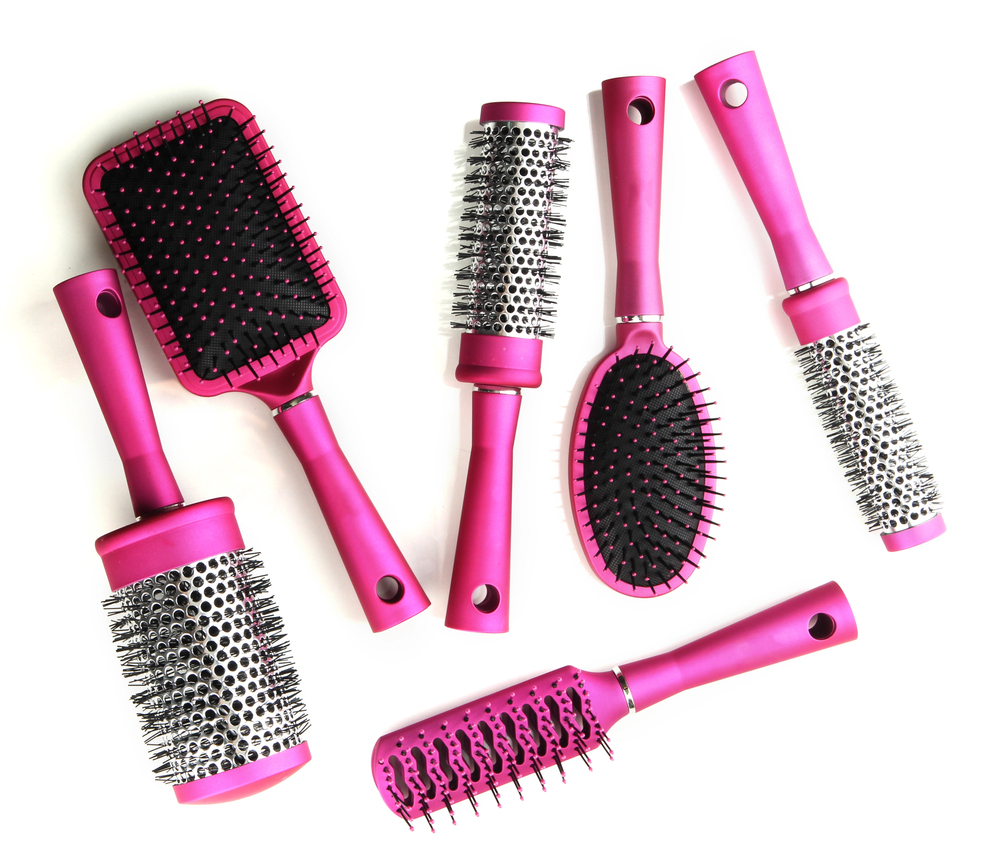15 Jul

Time for a Hairbrush Upgrade? Here’s How to Know
At PR at Partners, we’re passionate about helping you maintain healthy, gorgeous hair every day, not just when you leave our chair. That means taking care of your hair at home too, and one of the tools that often gets overlooked in the at-home care routine is your hairbrush. Yes, the same tool you use every morning (and maybe before bed) could be affecting the health, texture, and overall appearance of your hair more than you think.
Just like you replace your toothbrush or makeup brushes, your hairbrush has a limited life, and it’s not meant to be used forever. If you’ve had yours for more than a year, or if it’s looking a little worse for wear, it might be time to invest in a new one.
Not sure if your brush is due for retirement? Let’s talk about the signs that it’s time for a new one—and how to choose the right brush for your hair type and goals.
1. The Bristles Are Worn, Broken, or Bent
This is one of the most obvious signs it’s time to say goodbye to your brush. If the bristles are missing, bent, melted, or broken, your brush can’t do its job effectively. Worse, damaged bristles can snag, tear, or overstretch your strands, leading to breakage and split ends.
You wouldn’t brush your hair with a rake, and that’s essentially what you’re doing when your brush is in bad shape.
2. There’s Product Buildup You Can’t Remove
Even if you wash your hairbrush regularly (and yes, you should!), over time it can still accumulate product residue, oil, dead skin cells, and dust. If your brush feels sticky or filmy no matter how much you clean it, that buildup could be transferring right back onto your clean hair, making it greasy and dull faster than normal.
A good rule of thumb: if you can’t clean your brush to a fresh, neutral state, especially the base between the bristles, it’s time to replace it.
3. You’ve Had It for Over a Year (or Several)
Like most tools, hairbrushes have a lifespan. With regular use, most brushes should be replaced every 6 to 12 months, especially if they’re used daily and on wet hair. Of course, the quality of the brush makes a difference higher-end tools may last longer if cared for properly, but even the best brushes won’t last forever.
If you can’t remember when you bought your brush, it’s probably time for a new one.
4. It’s Causing More Static, Frizz, or Hair Loss
Notice more frizz, flyaways, or hair left behind in the brush than usual? It could be a sign that your brush is pulling too much or isn’t distributing oils effectively. A worn-out or mismatched brush can disrupt your hair’s cuticle layer, leading to increased static and roughness. If brushing has become more of a battle than a breeze, your tool could be to blame.
5. It’s the Wrong Brush for Your Hair Goals
Even if your brush is technically “fine,” it may not be the best tool for what your hair really needs. Using the wrong type of brush can lead to issues like unnecessary breakage, loss of shine, or even scalp irritation.
Here’s a quick guide to better brush choices:
Boar Bristle Brushes: Great for distributing natural oils and smoothing hair, ideal for fine to medium hair, and creating sleek looks.
Nylon or Mixed Bristle Brushes: Offer detangling with added smoothing power, good for thick, coarse, or textured hair.
Paddle Brushes: Great for straightening and detangling longer hair.
Round Brushes: Perfect for blowouts, volume, and curl control.
Vent Brushes: Excellent for quick drying and adding volume at the root.
Not sure which brush you should be using? Ask your PR at Partners stylist during your next appointment, we’re happy to help you find the right tools for your texture, goals, and styling routine.
6. You’re Experiencing More Tangles Than Usual
If brushing your hair feels like a struggle, especially with painful tugging or pulling, it might be a sign your brush has lost its glide. A fresh brush with intact, flexible bristles should help you detangle gently and effectively, not make things worse. Choosing the right brush for wet vs. dry detangling is also key: wet hair is more fragile, and detangling brushes designed specifically for damp hair will reduce stress on your strands.
Caring for Your Brush Between Replacements
Once you’ve found the right hairbrush, take care of it to make it last as long as possible:
Clean it weekly with warm water and gentle shampoo to remove oils and product.
Remove hair from the bristles after each use.
Let it air dry completely before using again. Never use a heat tool to dry your brush.
Avoid using the same brush on wet and dry hair if it’s not designed for both.



